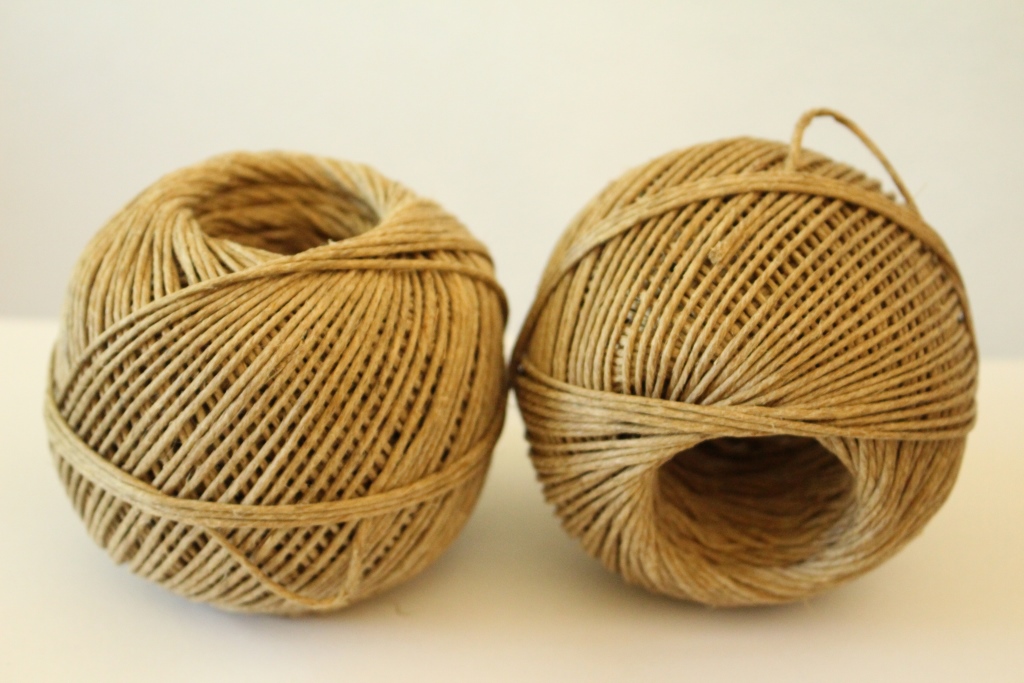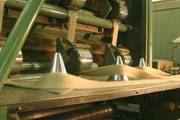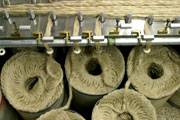|

Short fiber flax tow spun strings

Spinning of flax tow for quality flax tow
yarns and strings

Tow
spinning
The tow – the short fibres that are produced during scutching or when
hackling – are also processed for the textile industry. Hackled tow is
especially popular as it makes for cleaner, fine tow. Tow spinning comprises
the following four steps: carding, preparing and combing, doubling and
drafting, spinning.
Carding
In the carding process the fibres are mechanically untangled, separated and
formed into slivers. The card for linen is principally the same as for wool. It
consists of a large cylinder that is surrounded by card points; each point being
made up of a worker roller (a slowly turning cylinder) and a card stripper. The
raw materials are mixed in variable proportions according to the quality
required for the yarn.
Preparation
and combing
After carding, the slivers are fed through an intersecting ; it is also possible
to use warp gills. To prepare tow for combing it generally only needs to undergo
this process twice.
Doubling
and drafting
After combing the sliver of tow moves on towards a series of drafting frames, of
intersecting or warp gills type in order to undergo doubling and drafting. After
three runs the weight is even and a count suitable for spinning is obtained.
Spinning
Tow spinning is carried out with the same processes and equipment that is used
for long fibre flax. However, the three processes are more differentiated in
regard to the fineness in the yarn count.
• Wet spinning
• Semi-wet spinning
• Dry spinning



| 

![]()



